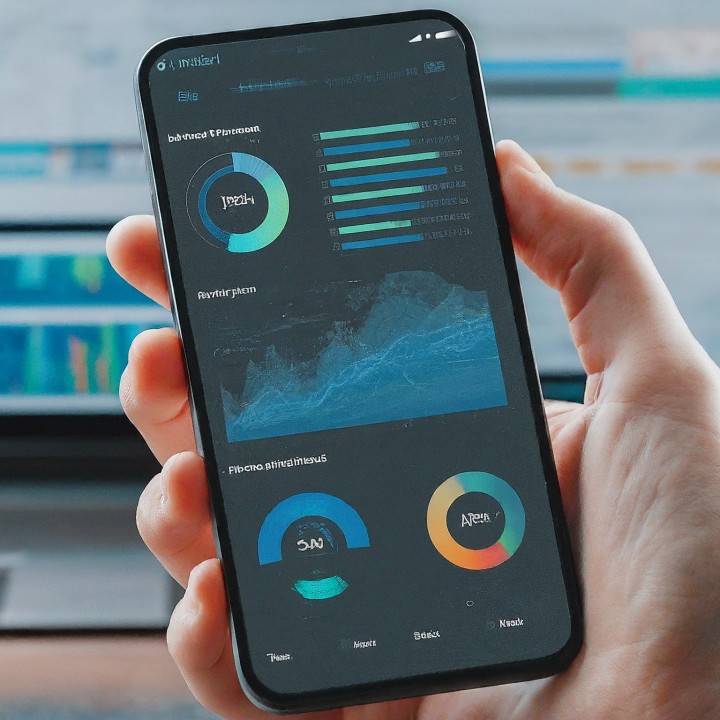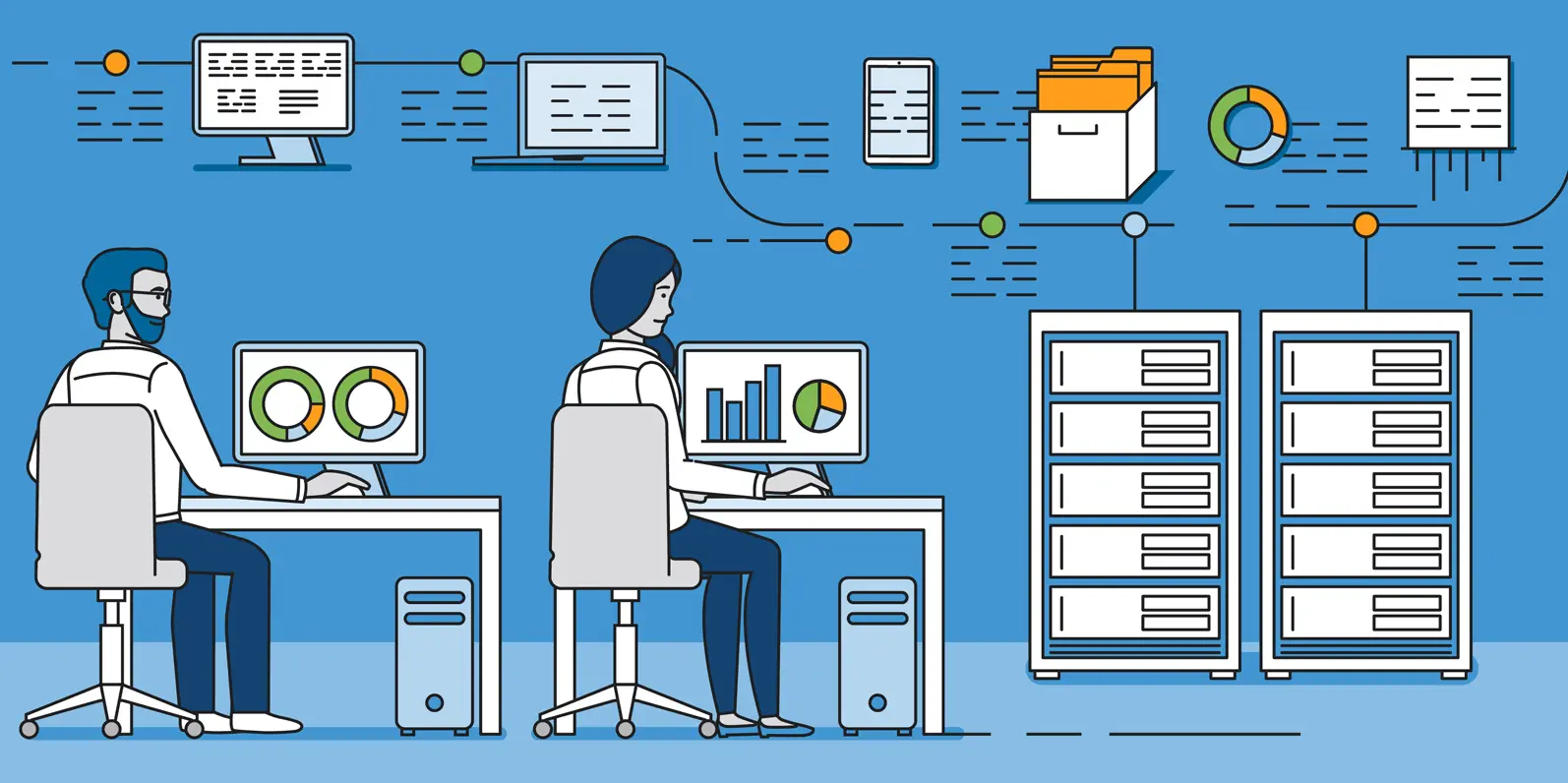A Deep Dive into AI-Powered App Performance Optimization
In the fiercely competitive mobile app landscape, user experience reigns supreme. Today’s users expect lightning-fast responsiveness, flawless functionality, and seamless interaction. Even minor performance bottlenecks can lead to frustration, abandonment, and ultimately, lost revenue. Traditionally, identifying and resolving these bottlenecks has been a reactive process – relying on user complaints, crash reports, or internal testing after launch. However, this approach comes at a cost: a compromised user experience, delayed fixes, and limited scope for addressing issues.
This article dives deep into a revolutionary approach: leveraging Artificial Intelligence (AI) for proactive app performance optimization. We’ll explore how AI empowers developers to identify and eliminate bottlenecks before launch, ensuring an exceptional user experience from day one.
The Perils of Reactive Performance Management:
Reactive performance management, the traditional approach, suffers from several drawbacks:
- Negative User Impact: Users encounter a subpar experience, potentially leading to app deletion and negative reviews.
- Delayed Resolution: Fixing issues post-launch requires time and resources, delaying bug fixes and impacting development cycles.
- Limited Scope: Reactive testing might miss crucial bottlenecks not encountered during limited testing scenarios.
AI: The Catalyst for Proactive Performance Optimization
AI presents a paradigm shift in app performance management. Here’s how it empowers developers to take a proactive stance:
- Real User Monitoring (RUM) with AI: AI-powered RUM tools go beyond traditional monitoring. They collect real-world user data on a granular level, capturing metrics like page load times, crashes, network latency, and resource consumption (battery, memory) across diverse user devices and network conditions. This rich data becomes the foundation for AI algorithms to identify anomalies and potential bottlenecks.
- Predictive Analytics with Machine Learning: AI can analyze historical performance data, user behavior patterns, and industry benchmarks to predict potential issues before they occur. Machine learning algorithms can identify correlations between user actions, device types, and network conditions to pinpoint areas susceptible to performance degradation under specific scenarios. This allows developers to take preemptive action and optimize code for scalability and robustness.
- Performance Simulations with AI: AI can simulate various user load scenarios, mimicking real-world usage patterns and peak traffic volumes. This helps identify areas that might struggle under high concurrency and stress. AI can simulate diverse network conditions (slow, unstable connections) to assess the app’s resilience under varying circumstances.
Beyond RUM and Simulations: The Expanding Toolkit of AI
The power of AI extends beyond RUM and simulations. Here’s a glimpse into some cutting-edge techniques:
- Automated Root Cause Analysis: AI can analyze performance data and pinpoint the root cause of bottlenecks with high accuracy. This eliminates the time-consuming process of manual investigation, allowing developers to focus on solutions.
- Cognitive Performance Testing: This emerging approach leverages AI to mimic real user behavior and decision-making processes during automated testing. This creates a more realistic testing environment that can uncover user experience issues traditional automation might miss.
- Explainable AI (XAI) for Performance Insights: XAI techniques can help developers understand the rationale behind AI’s recommendations and predictions. This transparency fosters trust and collaboration between developers and AI, leading to more informed performance optimization decisions.
KPIs: The Compass for Proactive Performance Management
By analyzing user data, simulations, and AI insights, we can focus on crucial Key Performance Indicators (KPIs) for optimal app performance:
- Core Web Vitals (CWV): This set of Google metrics (Largest Contentful Paint (LCP), First Input Delay (FID), Cumulative Layout Shift (CLS)) measures the loading speed, responsiveness, and visual stability of a web page. Optimizing for CWV ensures a smooth and frustration-free user experience.
- Time to Interactive (TTI): The time it takes for the app to become fully interactive (e.g., buttons respond instantly). A low TTI allows for smooth user interaction.
- Frame Rate: The number of frames displayed per second. A consistent and high frame rate ensures a visually smooth and responsive experience, particularly in animations and user interface transitions.
- Scalability: The ability of the app to handle increasing user loads without performance degradation. Proactive measures ensure the app can scale effectively to accommodate future growth.
- Stability: The app’s ability to function consistently under diverse user conditions and network environments. AI can identify potential stability issues in advance, preventing crashes and unexpected behavior.
- Sustainability: The app’s resource consumption (battery, memory). Proactive optimization reduces resource usage, leading to a more sustainable app with a longer battery life.
Addressing Bottlenecks with AI-powered Solutions
Once bottlenecks are identified using AI, developers can leverage a range of solutions:
- Code Optimization: AI can pinpoint areas in the code that contribute to performance issues, such as inefficient algorithms, redundant computations
- Code Optimization (continued): …or memory leaks. Developers can then address these areas for improved efficiency and reduced resource consumption.
- Resource Management: AI can analyze resource usage patterns and suggest optimizations to improve battery life and memory consumption. This might involve code refactoring to reduce unnecessary resource allocation or implementing mechanisms for efficient garbage collection.
- Network Optimization: AI can identify network-related bottlenecks, such as inefficient data transfer protocols or excessive API calls. Based on these insights, developers can optimize network operations, implement caching mechanisms for frequently accessed data, or consider alternative network libraries for improved performance.
- Infrastructure Optimization: For cloud-based deployments, AI can analyze cloud infrastructure configurations and suggest optimizations for higher performance and cost-efficiency. This might involve scaling resources based on predicted user load or utilizing serverless functions for tasks that don’t require persistent resources.
Beyond Performance: The Ripple Effects of Proactive Management
The benefits of proactive performance management extend far beyond a flawless user experience:
- Reduced Development Costs: By resolving issues early, rework and bug fixing costs are minimized, leading to more efficient development cycles.
- Faster Time to Market: Timely performance optimization ensures a smooth launch and quicker path to market share, allowing you to capitalize on emerging opportunities.
- Improved App Quality: Proactive measures result in a more robust and reliable app overall, fostering user trust and loyalty.
- Enhanced Brand Reputation: A consistently high-performing app translates to positive user perception and brand loyalty, leading to a competitive edge in the marketplace.
The Future of App Performance: A Continuous Cycle
AI-powered performance optimization is not a one-time fix; it’s a continuous cycle. As your app evolves and user behavior changes, AI can continuously monitor performance, identify emerging bottlenecks, and recommend ongoing optimizations. This ensures your app stays ahead of the curve, delivering an exceptional user experience throughout its lifecycle.
A Call to Action: Embrace AI for Unparalleled App Performance
Incorporating AI into your testing and performance optimization strategy is no longer a luxury; it’s a necessity for success in the competitive mobile app landscape. By leveraging AI’s real-time insights, predictive capabilities, and simulation power, you can identify and eliminate performance bottlenecks before launch. This ensures a frictionless user experience, minimizes development costs, and ultimately establishes your app as a leader in the marketplace.
Remember, a well-performing app is not just about speed; it’s about creating a seamless and enjoyable user journey that fosters trust, and loyalty, and ultimately, drives business success.




